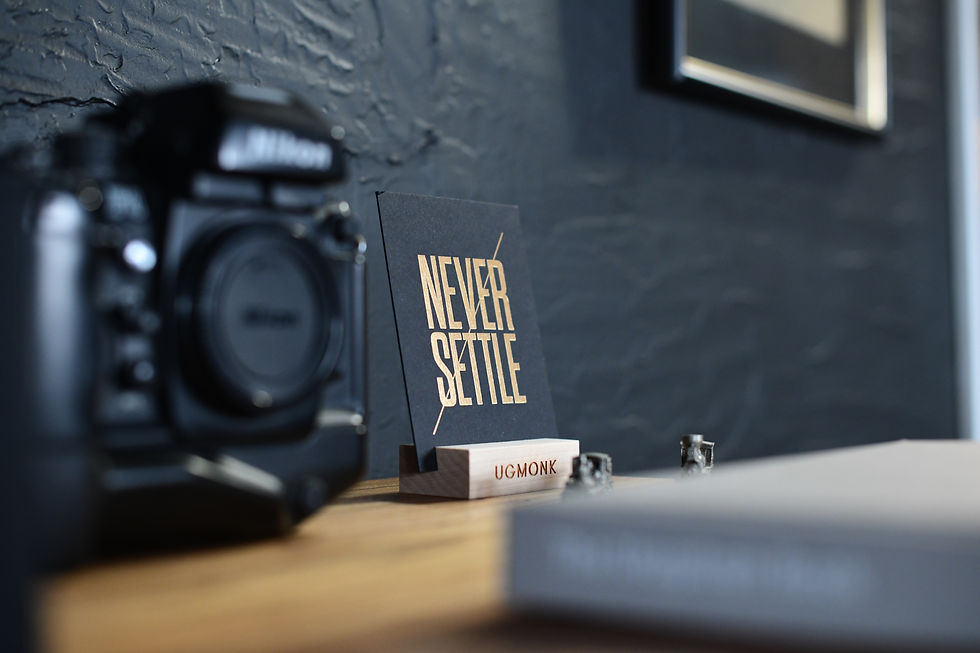BTL: The Art of Photographing Fireworks
- James Gamble Jr

- Jun 29, 2021
- 3 min read
Updated: Sep 14, 2023
There is all kinds of opportunities to photograph fireworks displays, July Fourth celebrations, New Years, Chinese New Years, special events and amusement parks daily or weekly firework displays. Photographing fireworks can be a lot of fun, but it can also be frustrating and unpredictable at times. Here are a few tips to help you capture some amazing fireworks images.
GEAR
Most any camera will do if it is capable of long exposures and can be tripod mounted.
A sturdy tripod is essential for fireworks photography. You need to be able to lock down your tripod to ensure that it and the camera does not move and is not affected by external forces such as wind.
Zoom lenses work well for fireworks photography, in particular, one in the wide-angle to telephoto range. This type of zoom lens will allow you to zoom out to capture foreground elements along with the fireworks and zoom in to capture details in the fireworks blast.
With your camera locked down on a tripod, you want to avoid or minimize having to touch your camera, so a remote cable release is highly recommended. You can use your cameras self-timer, but that will slow your reaction timing in trying to capture the quick blast of the fireworks. For the techies, you can try one of the new camera release triggers that trigger your shutter with either the bright flash of the fireworks or the loud sound of the fireworks blast. Miops and Pluto are just a couple of the brands available with this functionality.
Bring extra camera batteries! A lot of long exposures will deplete your batteries quickly. Avoid using Live View on the back of your camera to help conserve your batteries, also.
Don’t forget a flashlight to help you see your camera controls in the dark.
TECHNIQUE
Arrive early to stake out your spot for the fireworks show. Try to find a spot with an unobstructed view of the foreground elements if you want to include them in your images. Pay attention to the wind direction. Make sure the wind does not blow the smoke from the fireworks into your frame obstructing the fireworks in your image.
Set your camera to manual mode. For your base exposure try ISO 100, F/16, at 5 seconds. This base exposure will give a low noise image with good depth of field. The only variable you may need to adjust from this base exposure is the shutter speed. Adjust your shutter speed to compensate for the frequency of the fireworks blast and the light intensity at the core of the blast. I would not recommend a shutter speed setting more than 20 seconds. Shutter speeds of more than 20 seconds may result in badly over exposured firework shots.
Turn off long exposure noise reduction on your camera. If you don’t, you will have to wait a few seconds for the camera to do it’s noise processing before you can take the next shot.
Make sure your camera is firmly attached to your tripod. Add some extra weight to your tripod to keep it firmly planted, such as sandbags or hang your camera bag on your tripod. Adjust the height of your tripod by extending the legs and avoid raising the tripod’s center column.
Use manual focus, arrive early and pre-focus on the area where the fireworks will take place. When the fireworks show has started, re-check your focus to assure everything is in focus. Once focused, you will not have to re-focus again unless something changes, such as viewing position, changing lenses, etc.
Experiment with exposure times to vary the number and shape of the fireworks blast. Shorter times, 2 – 3 seconds will capture fewer blast and blast may not have fully formed. Longer shutter speeds 8-10 seconds will capture more blast and capture the full spread of the fireworks blast. Timing is the key! It will take some practice to get your timing down.

















Comments